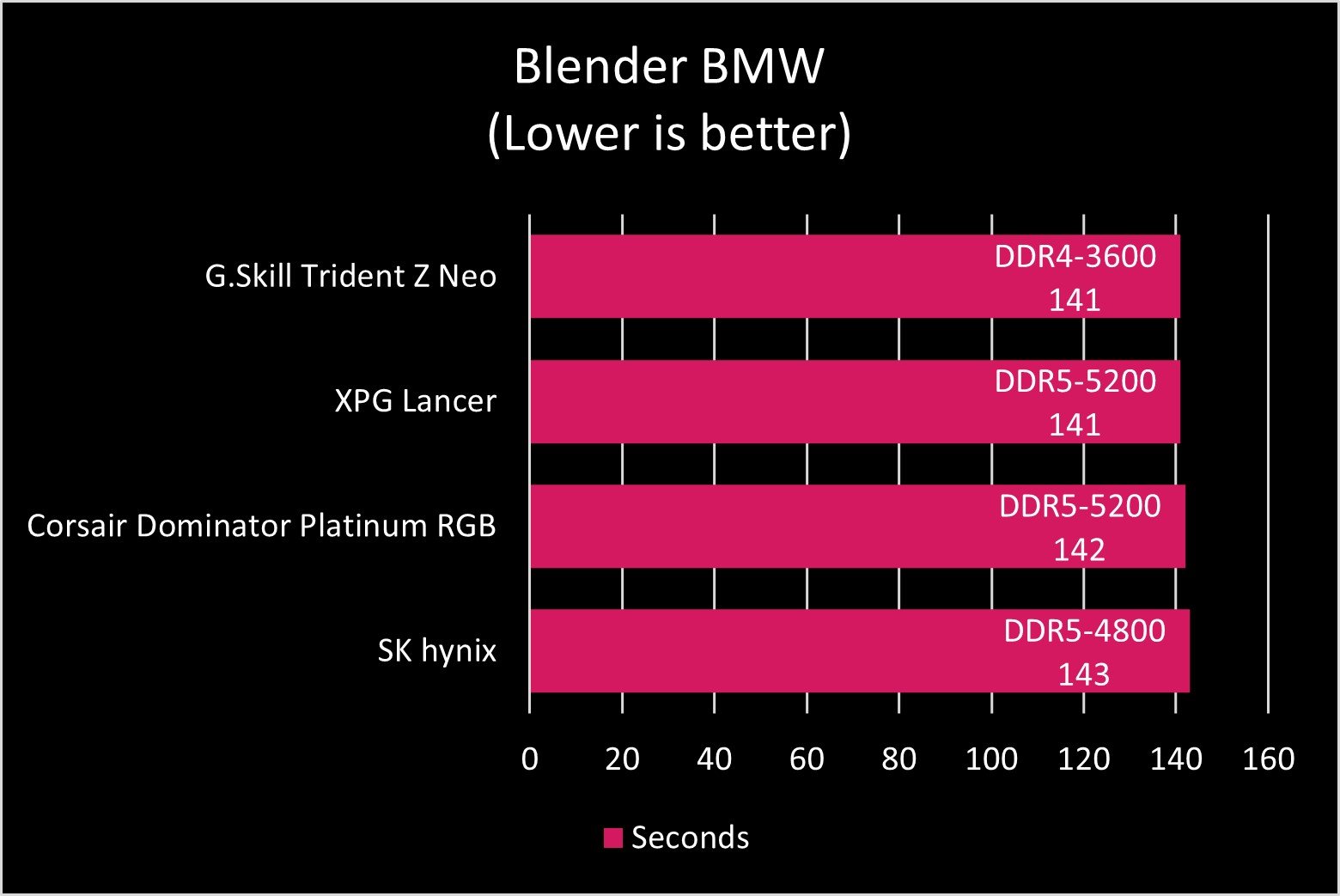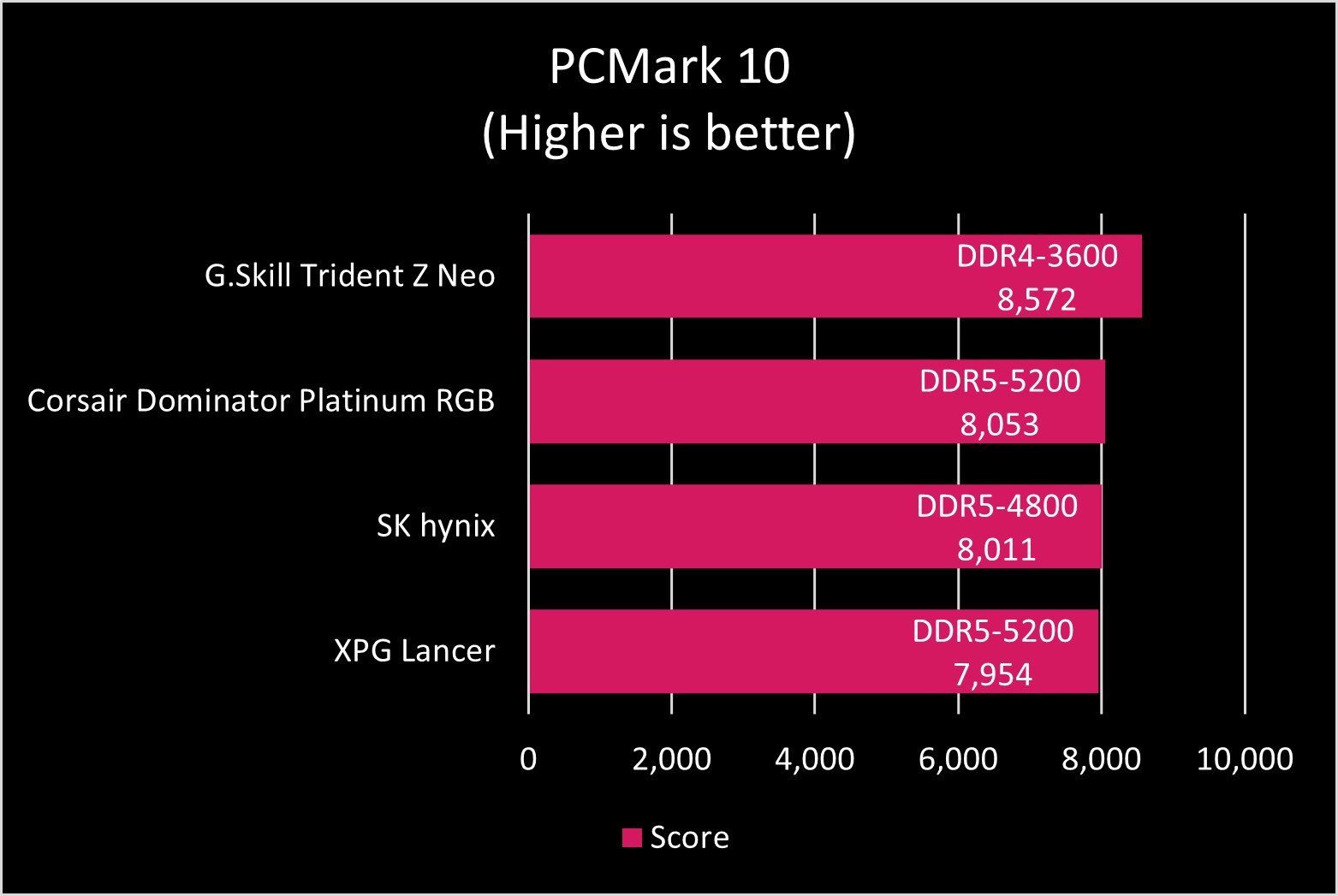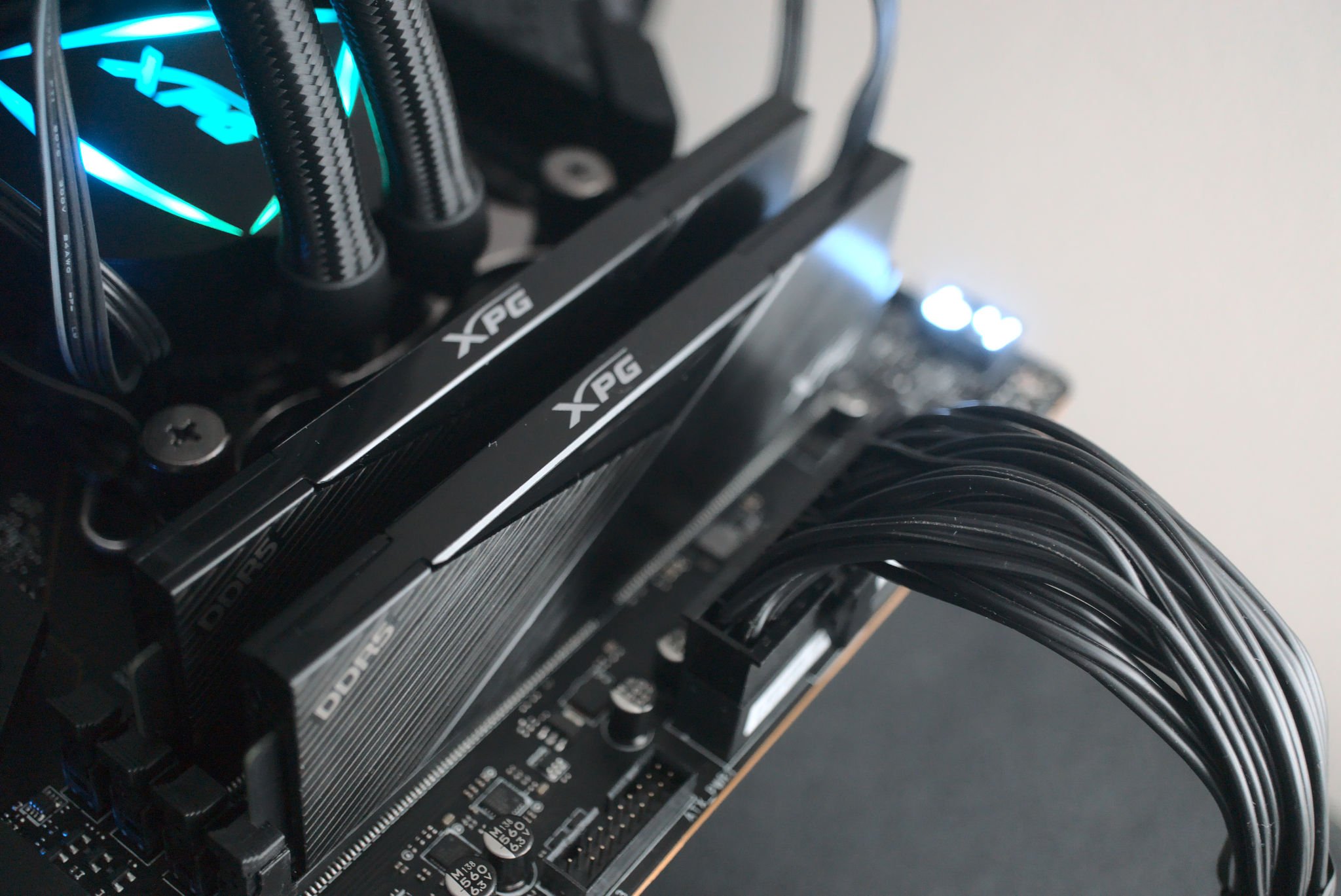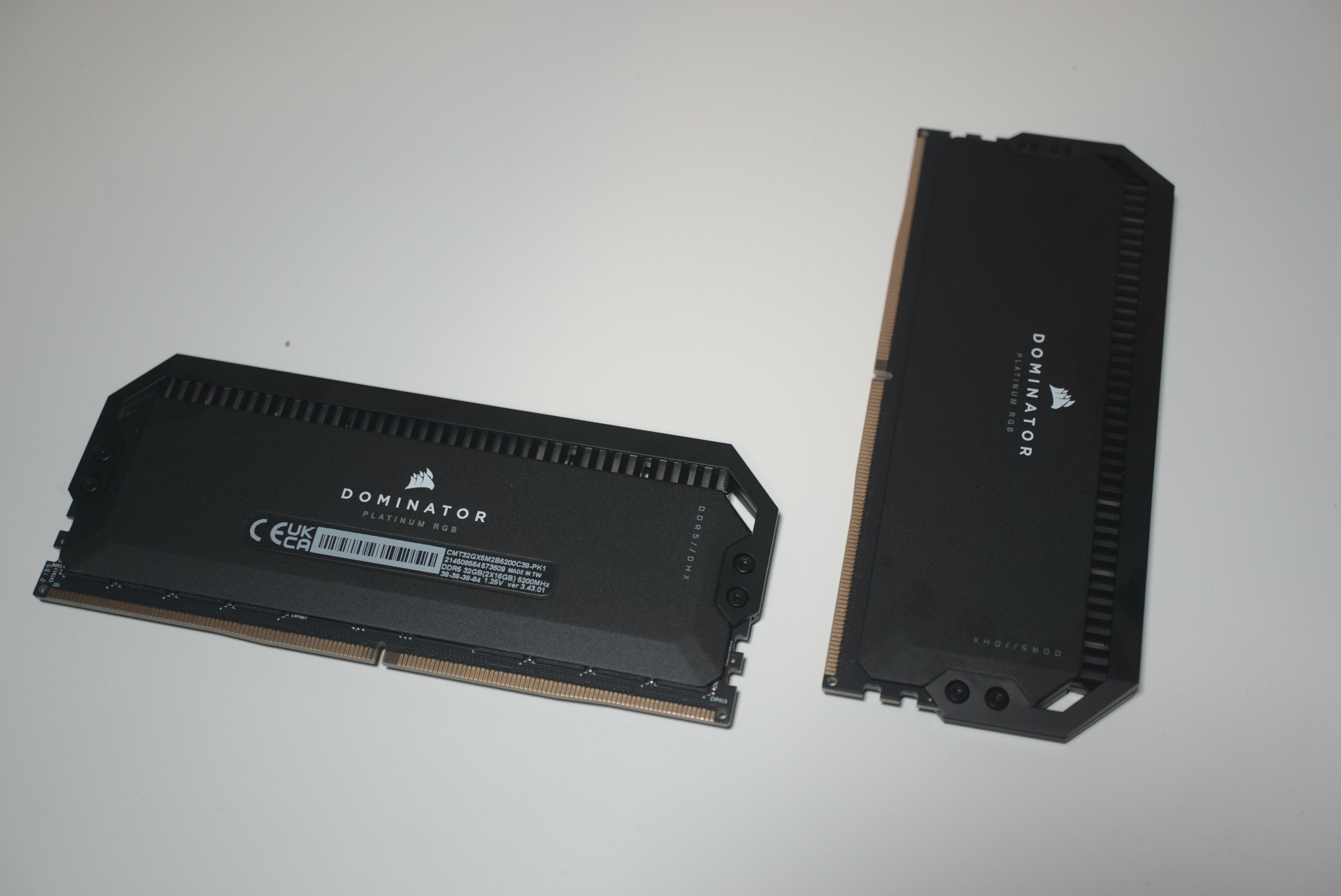DDR5 RAM is here, but you shouldn't buy it (yet)
The next generation of memory is here, but you shouldn't upgrade right now.

DDR4 random-access memory (RAM) has been a standard component in most computers since 2015, but it has finally been superseded by DDR5, the next generation of double data rate memory that offers improved data transfer rates, clock speeds, efficiency, and slightly lower power consumption. DDR5 memory modules also have a higher die density, meaning that there will likely be sticks of DDR5 larger than 64GB apiece in the near future.
As great as DDR5's improvements sound, though, there are several reasons you shouldn't upgrade to the new memory technology — at least not yet. Here's a look at why sticking with DDR4 is the smartest play right now, and why you shouldn't bother investing into DDR5 for quite some time.
DDR5 is extremely pricey
The main reason you shouldn't bother with DDR5 right now is because it's absurdly expensive. Kits of 16GB or 32GB of DDR5 generally have an MSRP of $300-400, which is more than double what most DDR4 equivalents cost. That's not even taking scalper prices into account; on eBay, DDR5 kits are being resold for anywhere between a painful $500 and an eye-watering price of $1,000 or more.
Ultimately, the cost of DDR5 is simply way too high right now.
On top of the cost of DDR5 memory modules, you'd also have to fork over money for a new DDR5-compatible motherboard, too (not to mention an Intel 12th Gen CPU like the Intel Core i5-12600K as well). Compared to even the best motherboards that work with DDR4 and 12th Gen Intel, most DDR5 motherboards have a price markup of around $100 or more. That alone isn't too much of a setback, but combined with the crazy prices of DDR5 RAM itself, it'll all add up.
Ultimately, the cost of investing in DDR5 is simply way too high right now. Unless you have some seriously deep pockets, spending this much on RAM is near-impossible to justify. These prices will go down over time — they always do with new generations of tech — but currently, DDR5 isn't worth it.
There's barely any DDR5 in stock
Another current issue with DDR5 is that there's barely any of it in stock, which you can thank both the global chip shortage and scalpers for. Manufacturers haven't been able to make as much DDR5 as they'd like, which has resulted in these new memory modules being pretty scarce. When new DDR5 RAM does become available, it often gets snatched up by scalpers using bots. Like with GPUs, these scalpers are then reselling the DDR5 on consumer-to-consumer marketplaces like eBay for exorbitant prices.
Experts say that the global chip shortage's end is in sight, with many predicting that markets will begin to recover at some point between late 2022 and early 2023. When this happens, DDR5 will likely be easier to buy directly from manufacturers for MSRP. Until then, you probably shouldn't bother with DDR5 unless you're willing to pay scalper prices — especially since there's plenty of DDR4 in stock at most retailers.
All the latest news, reviews, and guides for Windows and Xbox diehards.
The performance gains are minimal right now





Currently, DDR4 simply offers much more bang for your buck.
Finally, DDR5's performance gains compared to DDR4 are minimal, at least for now. As tests from our Corsair Dominator Platinum RGB DDR5 and XPG Lancer DDR5 reviews (see above) show, DDR5 mostly only offers a slight performance advantage over DDR4 in both gaming and productivity workloads due to the higher latency of DDR5 at launch. These results can also be observed from tests conducted by other various reputable outlets, such as Linus Tech Tips.
There are some cases where DDR5 offers a considerable leap in performance, but they're few and far between, and in some cases, DDR4 even comes out on top. As DDR5 progresses past its infancy and modules with lower latency are developed, the performance gap between DDR5 and DDR4 will widen. Until that happens, DDR4 offers much more bang for your buck.
Conclusion: For now, don't buy DDR5
While DDR5's new design and architecture are exciting, it's not worth investing in right now due to its absurdly high cost of entry, extremely low stock, and insignificant performance gains over DDR4 at launch. DDR5 will eventually become significantly better than DDR4 once stock stabilizes, prices go down, and the technology matures over time. For now, though, we recommend getting some of the best DDR4 RAM if you're looking to build a new PC or get some high-quality memory for an upgrade.

Brendan Lowry is a Windows Central writer and Oakland University graduate with a burning passion for video games, of which he's been an avid fan since childhood. He's been writing for Team WC since the summer of 2017, and you'll find him doing news, editorials, reviews, and general coverage on everything gaming, Xbox, and Windows PC. His favorite game of all time is probably NieR: Automata, though Elden Ring, Fallout: New Vegas, and Team Fortress 2 are in the running, too. When he's not writing or gaming, there's a good chance he's either watching an interesting new movie or TV show or actually going outside for once. Follow him on X (Twitter).



